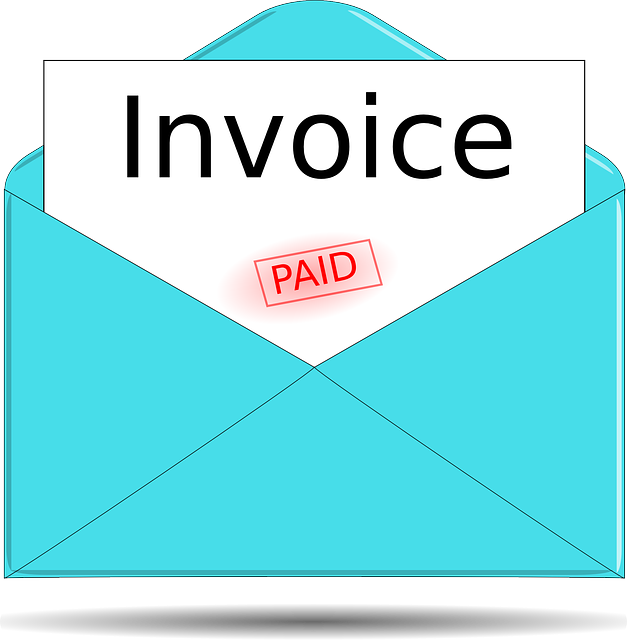Spot factoring is a flexible funding solution for businesses with unpredictable client payment terms. By selling specific invoices to third-party factors, companies gain immediate access to working capital without sacrificing control over their financial decisions. Compared to whole ledger factoring, spot factoring allows entrepreneurs to optimize cash flow, make strategic investments, and foster sustainable business growth based on their unique needs, providing a strategic advantage for effective business cash management.
In today’s fast-paced business landscape, efficient cash flow management is crucial for growth. When considering financing options, businesses often grapple with choosing between spot and whole ledger factoring. This article guides you through these two distinct approaches, highlighting their unique advantages and scope. Delve into the world of spot factoring benefits, understand its impact on short-term financing, and explore how whole ledger factoring offers a comprehensive long-term strategy. Ultimately, this comparison aims to help businesses optimize cash flow management by selecting the most suitable factoring method for their specific needs.
- Spot Factoring Benefits: Understanding the Advantages
- – Definition and basic concept of spot factoring
- – How spot factoring improves cash flow management
Spot Factoring Benefits: Understanding the Advantages

Spot factoring offers several compelling benefits that can significantly enhance a business’s cash flow management strategy. One of its key advantages is the immediate access to funds. With this approach, businesses sell their accounts receivable (AR) in individual transactions, allowing them to retrieve money on demand rather than waiting for the entire collection period. This feature is particularly useful for companies with unpredictable or lengthy payment terms from clients, enabling them to optimize cash flow and meet short-term financial obligations.
When comparing factoring options, spot factoring stands out as a flexible solution. Businesses can select specific invoices to factor based on their needs, giving them control over the process. This approach differs from whole ledger factoring, where all accounts receivable are assigned to a factor, providing more autonomy in managing cash flow and reducing potential risks associated with having all debts managed by an external party.
– Definition and basic concept of spot factoring

Spot factoring is a financial strategy where businesses sell their accounts receivable (invoices) to a third-party factor for immediate cash. It’s a short-term, transactional approach focused on quick funding. This method allows businesses to access working capital by receiving a percentage of their outstanding invoices upfront, enhancing their cash flow management. Spot factoring is ideal for companies looking for rapid financial relief and flexible payment terms.
When comparing factoring options, spot factoring offers significant benefits, especially for businesses aiming to optimize their cash flow. Unlike whole ledger factoring, which involves assigning all accounts receivable to a factor, spot factoring provides more control as it allows companies to choose specific invoices they want to sell. This approach enables business owners to manage their financial strategy while also securing immediate funding when needed. It’s a powerful tool for effective business cash management, catering to diverse financial needs without long-term commitments.
– How spot factoring improves cash flow management

Spot factoring offers a strategic advantage for businesses seeking to improve their cash flow management. This method involves selling a portion of outstanding invoices to a third-party funder, providing an immediate injection of capital. By choosing spot factoring, businesses can access working capital quickly, enabling them to meet short-term financial obligations and fund day-to-day operations without delay. It’s particularly beneficial for companies with uneven cash flow cycles or unexpected peaks in demand, ensuring they have the resources needed to maintain smooth business continuity.
When comparing factoring options, spot factoring stands out as a flexible solution. Unlike whole ledger factoring, which involves selling all accounts receivable, spot factoring allows businesses to select specific invoices to fund. This targeted approach gives entrepreneurs more control over their financial assets while still reaping the benefits of improved cash management. As a result, businesses can optimize their cash flow, make strategic investments, and foster sustainable growth by strategically choosing their factoring approach in line with their business cash management goals.
